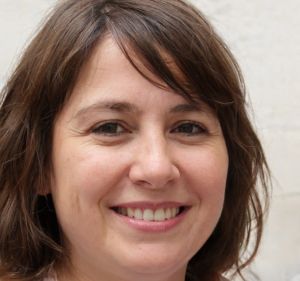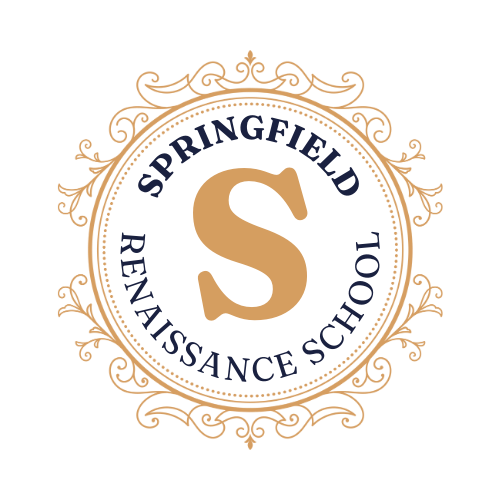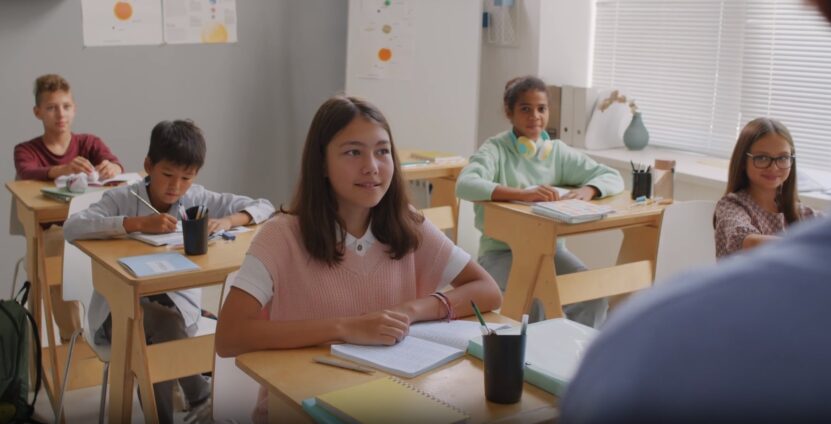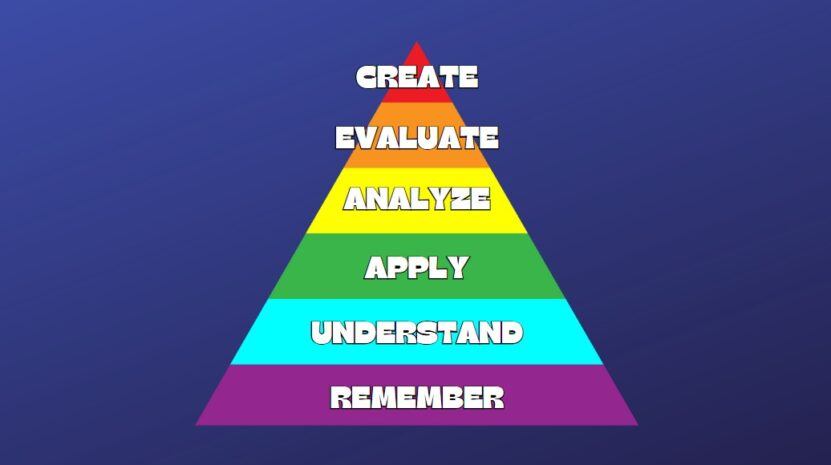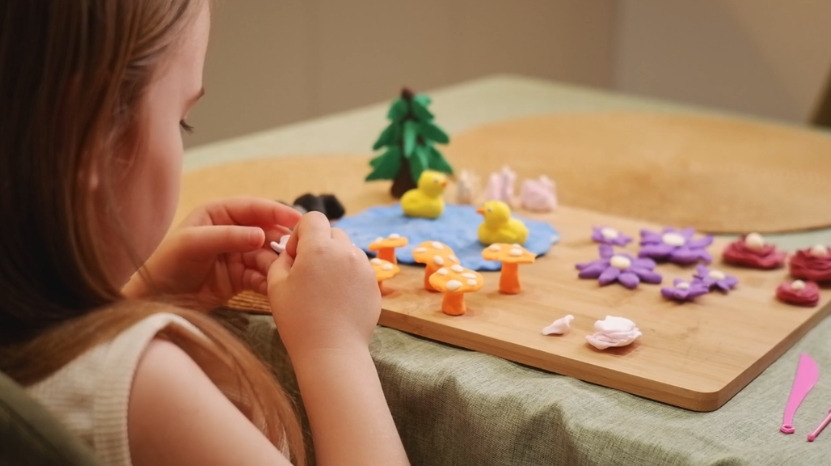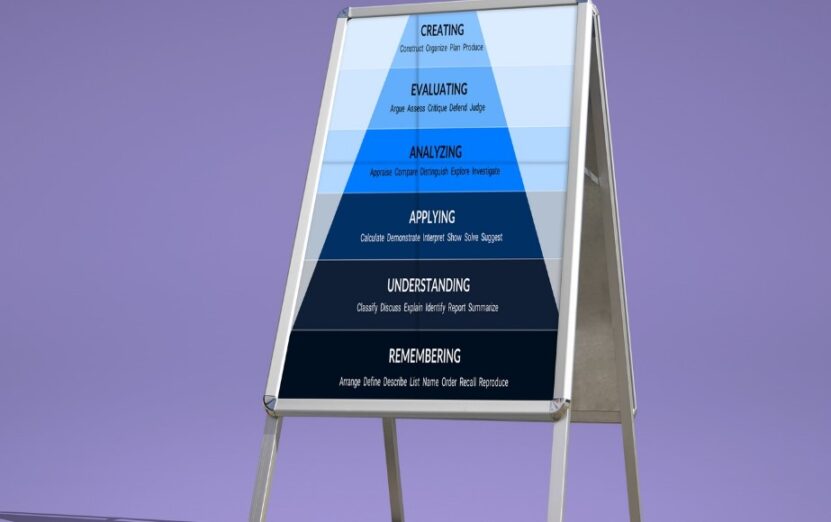
Share Post:
I remember the first time I heard about Bloom’s Taxonomy. It was in one of those long education seminars that promised to change how I looked at teaching.
I wasn’t expecting much, but what I learned about Bloom’s Taxonomy has genuinely transformed my approach to education. If you’re new to this concept, don’t worry—I’ve got you covered.
Table of Contents
ToggleThe Origins of Bloom’s Taxonomy
Let’s start with a bit of history. Bloom’s Taxonomy was developed in 1956 by educational psychologist Benjamin Bloom and his colleagues.
The purpose was to create a common language around learning goals and objectives, a way for educators to discuss and develop curricula. It offers a framework for categorizing educational goals, which can make our teaching strategies more effective.
The Original Framework
The original taxonomy is divided into three domains: Cognitive, Affective, and Psychomotor.
Cognitive Domain
This is the most widely known and focuses on intellectual skills. It’s further divided into six levels, arranged in a hierarchy from simple to complex:
- Knowledge
- Comprehension
- Application
- Analysis
- Synthesis
- Evaluation
Affective Domain
This domain addresses emotions and attitudes. It’s less commonly discussed but equally important.
- Receiving
- Responding
- Valuing
- Organizing
- Characterizing
Psychomotor Domain
Focuses on physical skills. It’s often relevant in fields like physical education or hands-on professions.
- Perception
- Set
- Guided Response
- Mechanism
- Complex Overt Response
- Adaptation
- Origination
The Revised Version
In 2001, a group of cognitive psychologists, curriculum theorists, and instructional researchers revised the taxonomy to better fit 21st-century education needs. They kept the cognitive domain’s structure but made a few notable changes:
- Remembering (formerly Knowledge)
- Understanding (formerly Comprehension)
- Applying (formerly Application)
- Analyzing (formerly Analysis)
- Evaluating (formerly Synthesis)
- Creating (formerly Evaluation)
The revised version also acknowledges that learning is not always linear, and students might move back and forth between levels. Also, educational videos can effectively target various cognitive levels outlined in Bloom’s Taxonomy.
Applying Bloom’s Taxonomy in the Classroom
So, how does Bloom’s Taxonomy make a difference in teaching? Well, it provides a structured way to design lessons and assessments that foster deeper learning. Let’s break it down with some practical examples.
Remembering and Understanding
At the base levels, students focus on remembering facts and basic concepts. Think about it as laying the groundwork. Here’s how you can implement it:
- Activities: Flashcards, quizzes, and simple recall exercises.
- Questions: “What is…?” “Can you list…?” “How would you describe…?”
Applying
Once students have a grasp of the basics, they can start applying knowledge to new situations. This is where things get more interactive.
- Activities: Problem-solving tasks, experiments, or role-playing.
- Questions: “How would you use…?” “What examples can you find to…?”
Analyzing
At this stage, students break information into parts to explore relationships and ideas. This is crucial for developing critical thinking.
- Activities: Case studies, debates, and analysis essays.
- Questions: “What evidence can you find…?” “How would you compare…?”
Evaluating
Evaluation involves making judgments based on criteria and standards. It’s where students justify their decisions and critique ideas.
- Activities: Peer reviews, projects with a rubric, and argumentative essays.
- Questions: “How would you evaluate…?” “What criteria would you use…?”
Creating
Finally, at the highest level, students create new work or ideas. It’s about using all their knowledge and skills in innovative ways.
- Activities: Research projects, designing experiments, and creative writing.
- Questions: “What would happen if…?” “How can you design a…?”
The Benefits of Bloom’s Taxonomy
You might be wondering, why go through all this effort? Here are a few reasons why Bloom’s Taxonomy can enhance your teaching practice:
- Clarity: Provides a clear framework for setting learning goals and objectives.
- Consistency: Ensures a consistent approach to teaching and assessment.
- Depth: Encourages deeper learning and critical thinking.
- Flexibility: Adaptable to different subjects and education levels.
- Student Engagement: Helps in designing activities that keep students engaged and motivated.
Tips for Using Bloom’s Taxonomy
- Start with Clear Objectives: Define what you want your students to achieve by the end of the lesson or unit.
- Use Varied Activities: Mix and match activities from different levels of the taxonomy to keep things interesting.
- Ask Thought-Provoking Questions: Challenge students with questions that make them think at higher levels.
- Assess Progress: Regularly check if students are moving through the levels as expected.
- Be Flexible: Adapt your plans based on how your students are progressing.
Real-World Applications of Bloom’s Taxonomy
You might be wondering, “Does this really work in everyday teaching?” Absolutely. Here are a few real-world examples to illustrate its application.
Language Arts
In a literature class, you might start with remembering key details about a story. Once students have a grasp of the basics, move on to understanding themes and characters. Encourage them to apply their knowledge by writing alternative endings.
Analyze the author’s style and evaluate the effectiveness of the story’s structure. Finally, let them create their own stories inspired by the literature they’ve studied.
Science
For a science unit on ecosystems, begin with remembering different types of ecosystems. Move to understanding how each ecosystem functions. Apply this by having students create a model ecosystem.
Analyze the impact of environmental changes on ecosystems. Evaluate human impact on various ecosystems and end with students designing their own sustainable ecosystem projects.
Social Studies
When teaching about historical events, start with remembering the key dates and figures. Help students understand the causes and effects of the events. Apply this knowledge by comparing the event to a modern-day issue.
Analyze the different perspectives involved. Evaluate the outcomes and ask students to create a presentation or documentary exploring the event’s significance today.
How It Helped Me and My Students
Implementing Bloom’s Taxonomy in my teaching practice has been highly effective. I’ve noticed that my students are more engaged and able to think critically about the material. They’re not just memorizing facts; they’re applying concepts, analyzing information, and creating new ideas.
For example, when teaching a unit on ecosystems, I started with basic facts (Remembering). Once the students had a solid foundation, we moved on to understanding the interdependence of organisms (Understanding) and then applied this knowledge by creating models of ecosystems (Applying).
We analyzed different ecosystems to see how changes affected them (Analyzing), evaluated human impact (Evaluating), and finally, the students designed their own sustainable ecosystems (Creating).
Concluding Thoughts
Bloom’s Taxonomy is an educational theory, but also a practical tool that can transform how we teach and how our students learn. By focusing on different levels of thinking, we can create a more engaging, dynamic, and effective learning environment.
If you’re a seasoned educator or just starting, give Bloom’s Taxonomy a try. It might just change how you see teaching and learning.
Related Posts:
- 8 Best Equipment for Teaching Photography in Schools
- What Is Multimodal Learning and How Does It Enhance…
- What Does 'Level of Education' Mean? An In-Depth Look
- The Tech Behind Vape Detectors and How They're…
- 7 Best Mind Mapping Tools for Teachers and Students
- 9 Key Benefits of Hybrid Learning for Students and Educators
